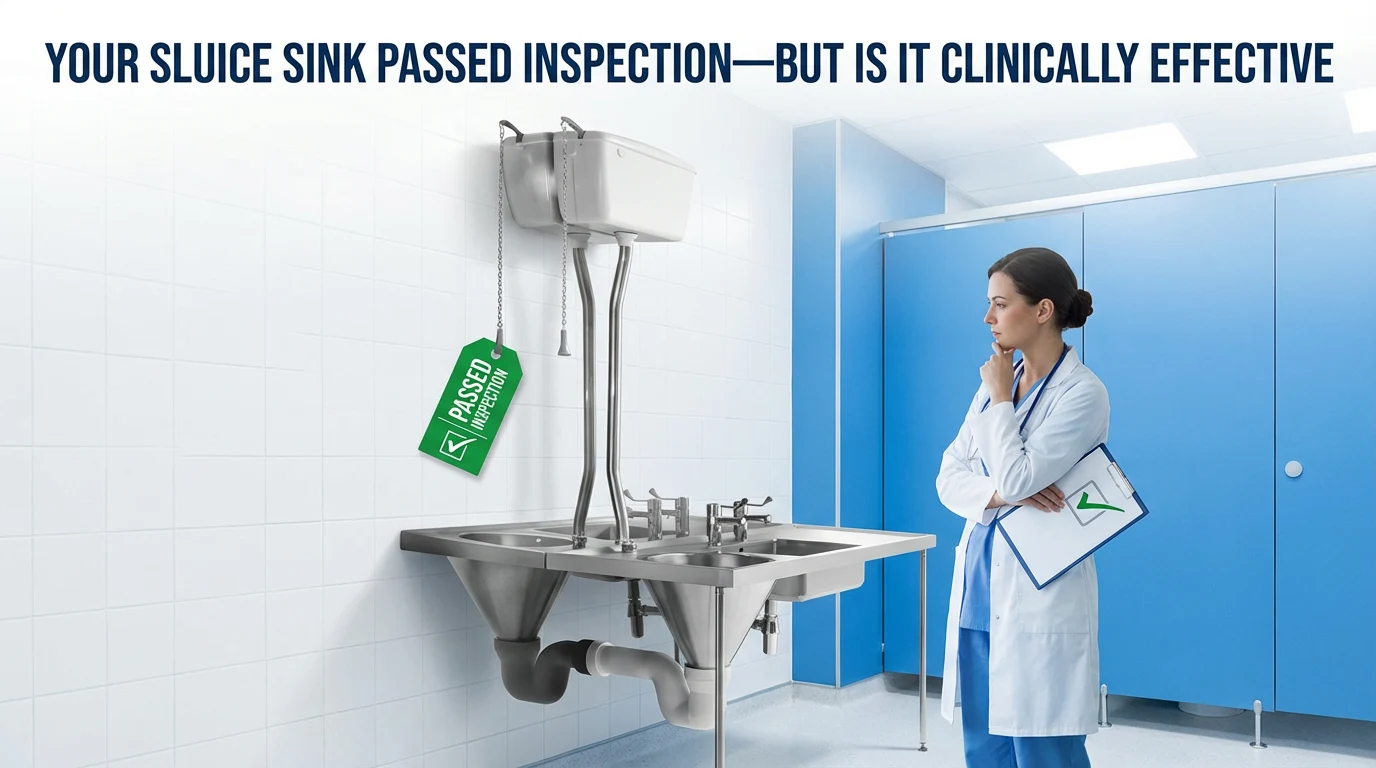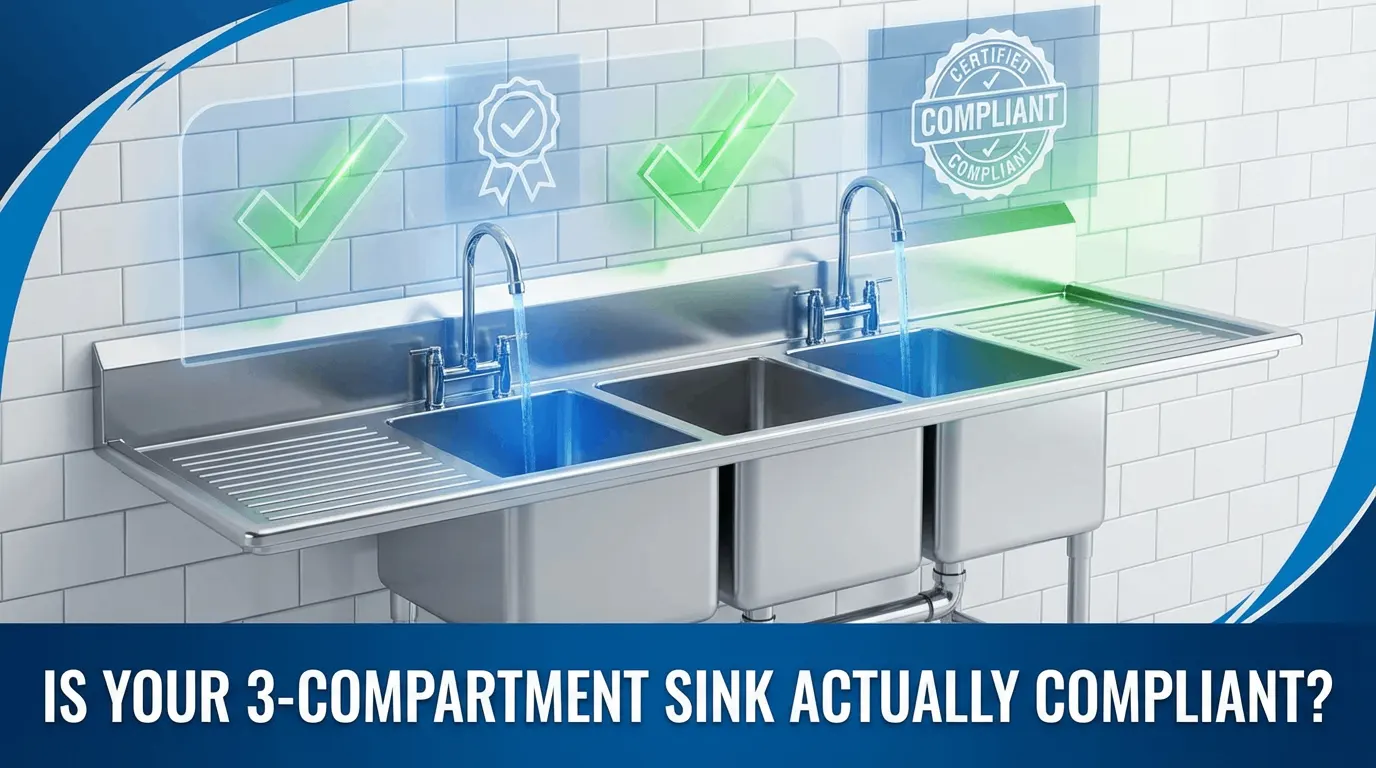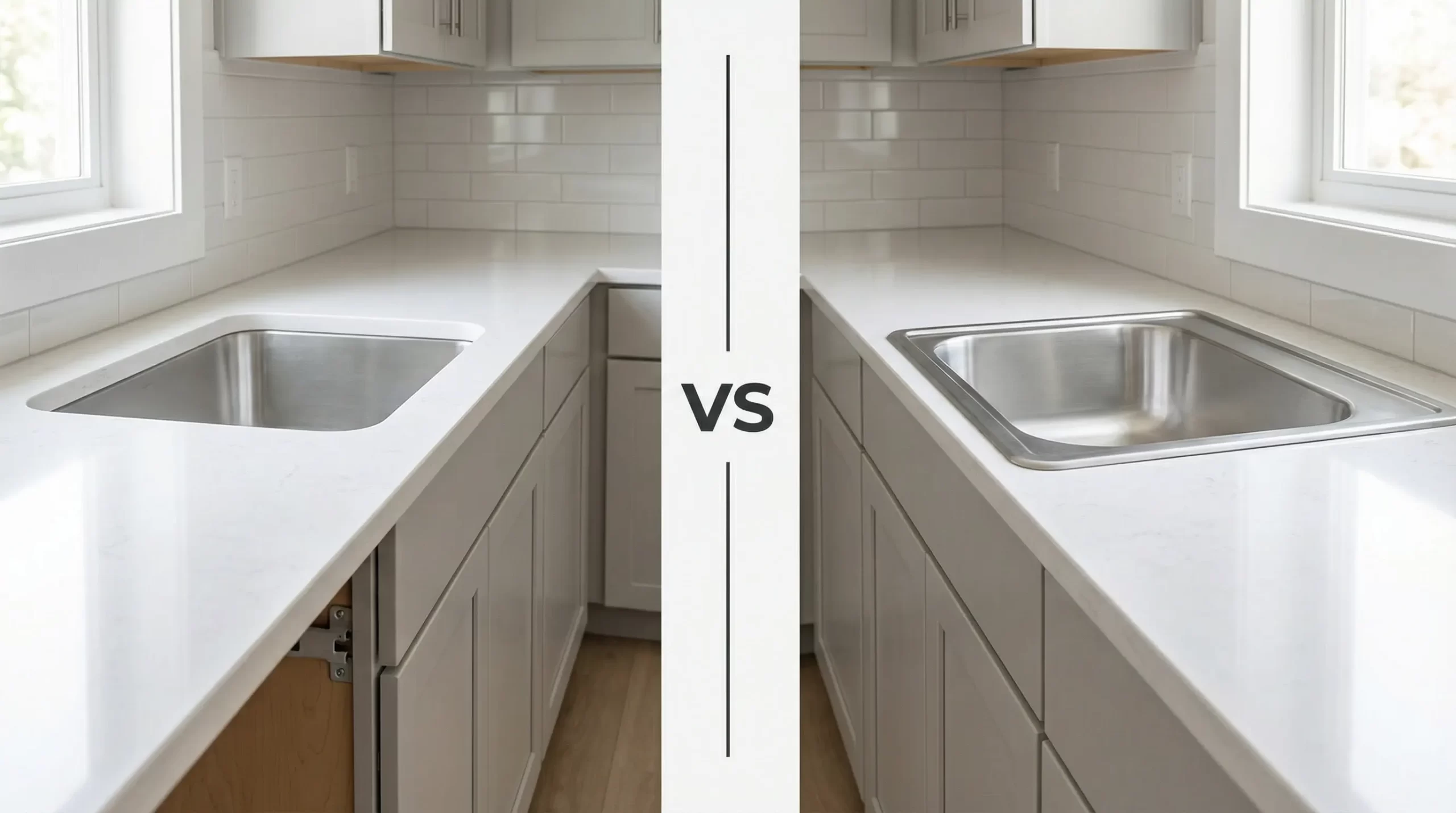The Essentials of a Commercial Kitchen: Design, Equipment, And Efficiency
A commercial kitchen is the backbone of any restaurant, catering service, or food production business. Unlike home kitchens, commercial kitchens are designed for efficiency, hygiene, and high-volume food preparation. Whether you are setting up a new kitchen or upgrading an existing one, understanding the key elements can help optimize performance and ensure compliance with food safety regulations.
1. Layout and Design
A well-planned commercial kitchen maximizes workflow and minimizes bottlenecks. The most common kitchen layouts include:
- Assembly Line Layout: Ideal for fast food and high-volume kitchens.
- Zone Layout: Separates the kitchen into specialized areas like prep, cooking, and cleaning.
- Island Layout: Features a central cooking station, improving efficiency for larger teams.
- Open Kitchen: Provides visibility to customers, commonly used in modern restaurants.
Proper ventilation, lighting, and spacing are also crucial. A well-ventilated kitchen ensures air quality, while strategic lighting enhances safety and productivity.
2. Essential Equipment
A commercial kitchen requires specialized equipment tailored to its menu and cooking methods. Some key appliances include:
- Cooking Equipment: Ranges, ovens, grills, fryers, and steamers are necessary for food preparation.
- Refrigeration Units: Commercial fridges and freezers keep ingredients fresh and safe.
- Food Prep Stations: Worktables, mixers, slicers, and blenders streamline meal preparation.
- Dishwashing Area: Industrial dishwashers and sinks maintain hygiene and efficiency.
- Storage Solutions: Shelving units, dry storage bins, and walk-in coolers optimize space management.
Choosing energy-efficient and durable equipment reduces operational costs and enhances kitchen performance.
3. Hygiene and Food Safety
Strict hygiene practices are vital in any commercial kitchen to prevent contamination and comply with health regulations. Key measures include:
- Handwashing Stations: Easily accessible sinks for staff hygiene.
- Sanitization Protocols: Regular cleaning schedules for surfaces, utensils, and equipment.
- Proper Waste Management: Segregation of food waste, recycling, and disposal procedures.
- Pest Control: Routine inspections to prevent infestations.
Staff training in food handling and hygiene regulations further ensures compliance with health codes.
4. Efficiency and Workflow Optimization
A commercial kitchen should be designed for speed and efficiency. Strategies to improve workflow include:
- Clear Pathways: Minimize congestion with designated work zones.
- Prepping in Advance: Cutting, marinating, and portioning ingredients ahead of time.
- Inventory Management: Tracking stock levels to prevent shortages and reduce waste.
- Technology Integration: Using kitchen display systems (KDS) and automation to streamline orders.
5. Compliance with Regulations
Meeting health and safety standards is essential for operating a legal and successful commercial kitchen. Key regulations include:
- Food and Health Safety Codes: Local and national guidelines on food storage, handling, and preparation.
- Fire Safety Standards: Installation of fire suppression systems and proper handling of flammable materials.
- Worker Safety Measures: Training staff on equipment usage, emergency procedures, and first aid.
Conclusion
A well-designed commercial kitchen enhances efficiency, safety, and food quality. Investing in the right layout, equipment, and hygiene practices ensures smooth operations and customer satisfaction. Whether running a small café or a large restaurant, optimizing your kitchen setup is key to long-term success.






